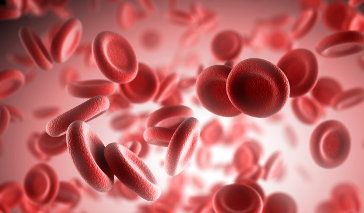Blood in the urine, also known as hematuria, can have many causes. The red blood cells can make urine appear pink or red (known as gross hematuria, however, hematuria isn't always visible and may only be detectable when a urine sample is viewed through a microscope (microscopic hematuria).
Hematuria can be caused by a multitude of conditions and is often accompanied by additional symptoms, including:
- Painful, frequent, or urgent urination
- Unexplained weight loss
- Fever, vomiting, or nausea
- Inability to urinate
- Abdominal or back pain
Blood in urine should not be ignored, especially when it occurs with one of the above symptoms. It may indicate a serious condition that requires urgent treatment.
Blood in Urine Causes
Sexual activity and vigorous exercise, such as long-distance running, can cause blood to appear in urine. Other, more serious conditions that cause hematuria include:
- Injury to the urinary tract (kidney, prostate, bladder or urethra)
- Viral infection
- Urinary tract infection or inflammation
- Bladder or kidney cancer
- Kidney or bladder stones
- Kidney disease or failure, including inherited conditions like polycystic kidney disease
- Medical procedures on the urinary tract, such as having a tube (catheter) inserted into the bladder or a biopsy of the bladder or kidney.
Certain blood disorders can cause blood to show up in the urine, such as:
- Hemophilia (a heritable disorder in which blood doesn't clot)
- Sickle cell disease
- Blood-thinning medications, such as warfarin and aspirin.
Blood in urine may also come from outside the urinary tract, including:
- Menstruation (women)
- Ejaculation, which might indicate a problem with the prostate (men)
- Bowel movements
Additionally, certain medications and foods—such as beets—can cause the appearance of hematuria. But since blood in urine can indicate serious conditions, any instance of pink or red urine should prompt a physician visit.
Tests When Blood in Urine Is Present
If a physician suspects hematuria, he will order a dipstick test that identifies the presence of red blood cells. But because hematuria is a symptom that occurs in a number of different conditions, urologists usually require additional tests to determine the underlying cause. These include:
- Urine tests to detect high protein levels and red and white blood cells (which can indicate infection or kidney disease), as well as cancerous cells
- Blood tests, such as creatinine or a complete blood count (CBC), to look for infection or kidney disease
- Kidney biopsy, which involves removing a small piece of tissue to be tested for cancer or kidney disease
- Cytoscopy (inserting a tube into the urethra and bladder) to look for inflammation, bleeding, or cancer
- Kidney imaging tests (such as an intravenous pyelogram, CT scan, or MRI) to check for urine blockages or unusual masses in the urinary tract, kidneys, or prostate
References
Gerber GS, Brendler CB. Evaluation of the urologic patient. Campbell-Walsh Urology, 10th. ed. 2011.
Hematuria: Blood in the urine. (2012). National Kidney and Urologic Diseases Information Clearinghouse (NKUDIC). NIH Publication No. 12–4559.


